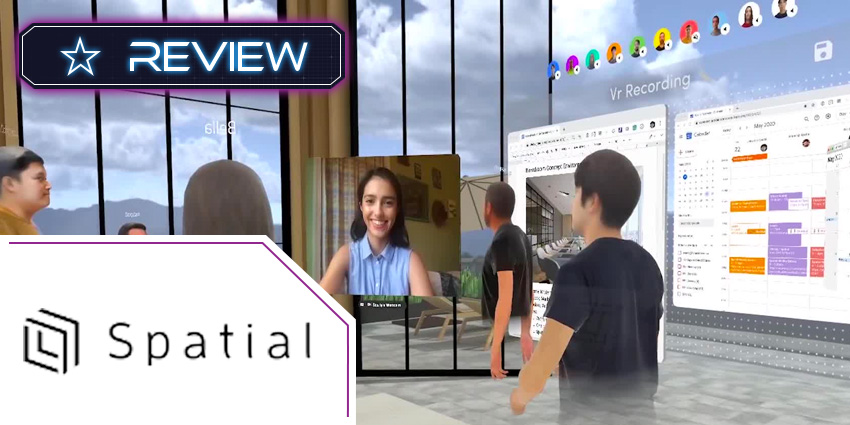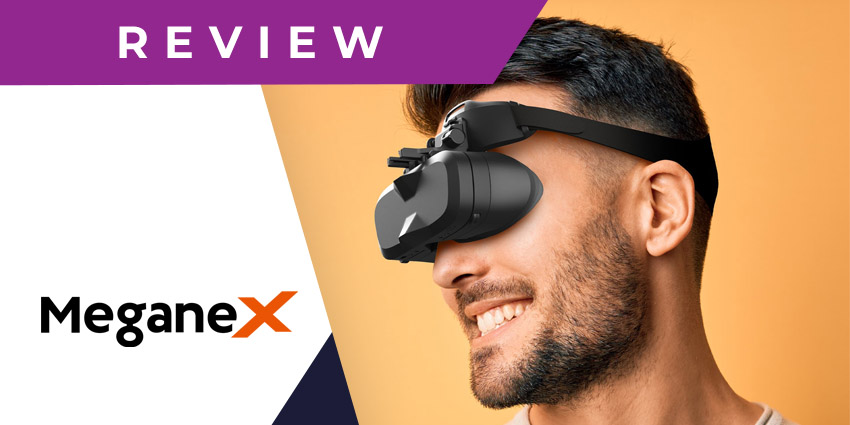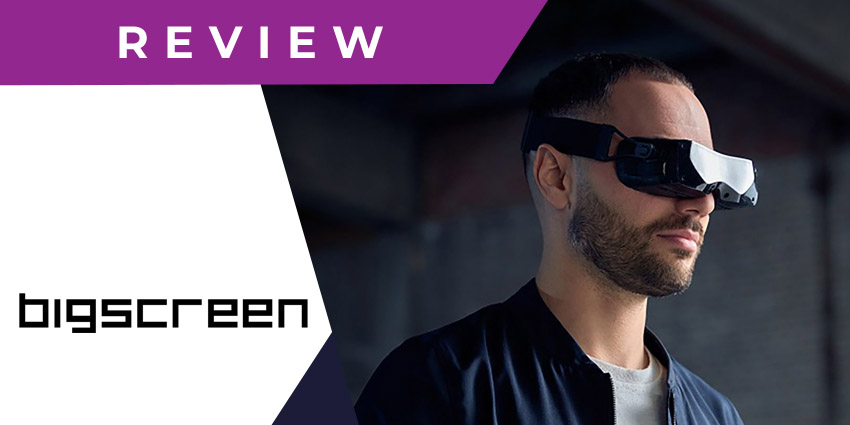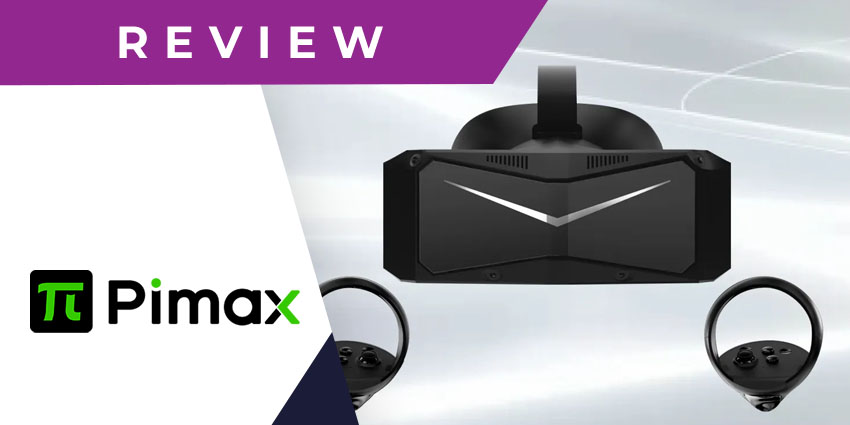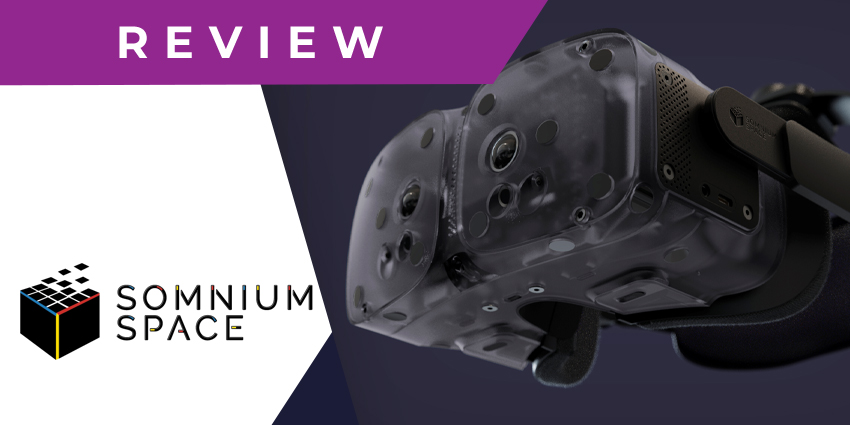This 2016 founded AR/VR company offers an immersive collaboration experience for enterprise users. Spatial has held five funding rounds till date, the latest in January 2020, where it picked up $14 million led by notable investors such as Inovia and White Star. spatial is known for its artificial intelligence (AI) capabilities, making VR avatars look incredibly realistic even when rendered from 2D photographs.
UC Today’s Rob Scott, interviewed Aaron Dence, Product Manager at Spatial, entirely using the Spatial VR collaboration experience – check out the full video.
Let us now review some of Spatial’s key features in more detail.
What are the Key Features of Spatial?
Spatial is like a video conferencing app in VR, only with a much smoother and more feature-rich experience.
3D realistic avatar
As mentioned, Spatial uses AI technology to turn your 2D photographs into a 3D rendering of your face and upper torso, and it does this with incredible accuracy. The avatar replicates your lip, eye, and hand movements in the real world, letting you interact with 3D objects, communicate via body language, and make notes inside the VR world.
Handy collaboration aids
Workspaces in Spatial are equipped with a host of collaboration aids. In fact, you could think of the entire surrounding workspace as a monitor (or interactive display), where your hands act as the point and click device. You can screen share specific apps or entire windows from your computer. You can scribble notes using your fingers, you can move around objects and information to present your thoughts inside the VR space.
Media sharing
VR-enabled media sharing is among the biggest USPs of Spatial, as you can import files from your favourite 3D and 2D media apps and blow it up to explore their granular details. The content inside Spatial is fully searchable, enhancing productivity for you and your team members.
Integrations and compatibility
Spatial integrates with popular collaboration apps and file storage platforms like Google Drive, OneDrive, Slack, etc. This means that you can refer to your existing workflows without switching between platforms. There are integrations for uploading 3D models as well as 2D images/videos, and PDF documents. Finally, Spatial is compatible with major VR platforms, including Oculus, HoloLens, and Magic Leap, as well as iOS and Android operating systems.
What are the Benefits of Using Spatial?
Spatial provides a simple but immersive collaboration experience in VR without a complicated learning curve. By recreating your upper torso, it offers impressive freedom of movement around the virtual world. And in case you don’t have access to a VR headset, you can always use your webcam and the Spatial web platform to join in from any device.
How Much Does It Cost?
Spatial is free for up to 30 participants in VR and another 20 participants from the web application. For $20 per user per month, you get unlimited storage. The enterprise version (used by companies like Ford, Qualcomm, and other heavyweights) adds on SSO, priority support, and deeper customisations
